Small magnitude earthquakes in Delhi-NCR region do not indicate a bigger temblor is coming, the Wadia Institute of Himalayan Geology said on Friday.
The Dehradun-based autonomous research institute under the Union science and technology ministry clarified that the vulnerability of a region can be understood from past seismicity, calculation of strain and mapping of active faults.
Delhi-NCR is in the second highest seismic hazard zone or Zone IV.
Sometimes a vulnerable zone remains quiet, experiences small magnitude earthquakes that do not indicate any bigger earthquake, or can receive a sudden jolt by a big earthquake without any call, the institute said in a statement.
HT had reported on June 4 that Delhi-NCR witnessed at least 14 earthquakes in around two months (March 24 to June 3). A 3- magnitude earthquake was recorded near Gautam Budh Nagar on Wednesday night, according to data from the National Center for Seismology.
All earthquakes in the past two months have been mild with only two above 3.5 magnitude. On May 29, Rohtak recorded an earthquake of 4.6 magnitude. There have been several more mild quakes in June.
The statement from Wadia Institute said: “The recent events cannot be defined as the ‘foreshocks’. If a big earthquake takes place in a region, all smaller events that occurred in the immediate past at that region are categorised as the foreshocks. Therefore, scientifically all these tremors in the Delhi-NCR can be demarcated as the foreshocks only after a big earthquake takes place immediately.”
While a stronger earthquake posing a threat to people and property cannot be ruled out, since earthquakes cannot be predicted by any mechanism, the tremors cannot be described as the signal of a big event.
All the quakes recorded in Delhi-NCR are due to the release of energy, which have accumulated as a result of northward movement of the Indian plate and its collision with the Eurasian plate, through the fault or weak zones.
There are many weak zones and faults in Delhi-NCR – Delhi-Haridwar ridge, Mahendragarh-Dehradun subsurface fault, Moradabad fault, Sohna fault, great boundary fault, Delhi-Sargodha ridge, Yamuna river lineament and Ganga river lineament, the statement said.
Delhi is also vulnerable to quakes because of its proximity to Himalayas. There are many faults, ridges and lineaments transverse to the Himalayan arc. A major earthquake in the Himalayan seismic belt may be a threat to Delhi-NCR, the institute said.
The Garhwal Himalaya, lying in the Central Seismic Gap and to the north of Delhi-NCR, experienced the 1991 Uttarkashi earthquake of 6.8 magnitude, the 1999 Chamoli earthquake of 6.6 magnitude and the 2017 Rudraprayag earthquake of 5.7 magnitude.
This region is due for a major to great earthquake, and such a scenario can make a pronounced impact on north India and Delhi-NCR, Kalachand Sain, the director of Wadia Institute, explained in the statement.
One of the important ways to prevent damage is to delineate active faults and ensure major infrastructure is not built near them. If such infrastructure is built, it will have to be done according to the guiding principles of the Bureau of Indian Standard (BIS).
The outcome of recent micro-zonation studies for Delhi-NCR by IMD should be considered for construction projects.
“The only solution to minimise the loss of lives and properties is the effective preparedness against the earthquake. Countries like Japan have proved this, where earthquakes are common phenomenon, yet the losses are negligible. Annual mock-drill is a regular feature there,” Sain recommended.

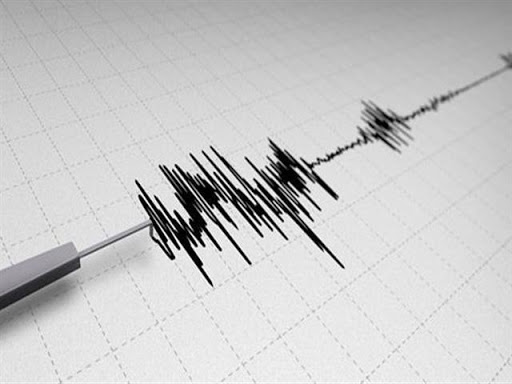
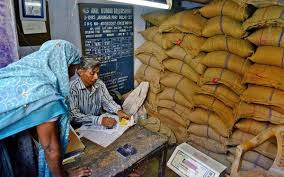



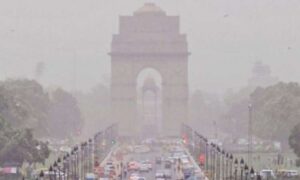







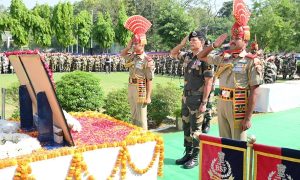



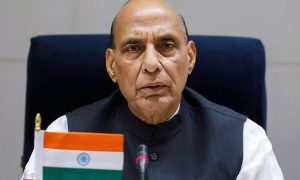









 WhatsApp us
WhatsApp us